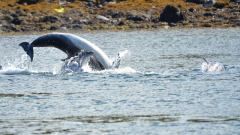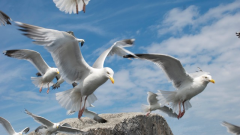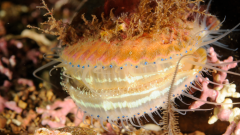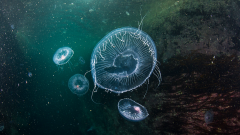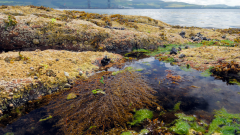Species
From the smallest and simplest animals and plants found in the plankton that form the basis of the marine food web to the top predators such as the birds and marine mammals the large diversity of species found around Scotland’s coasts and in the surrounding seas are a reflection of the diversity of habitats. The shellfish and other invertebrate fauna includes a wide variety of species including a few that are important commercial species but all of which are essential to the proper functioning of the ecosystem. The fish community extends from the shallow coastal waters to the deepest parts of the ocean, each species adapted to the conditions of its particular environment. This rich diversity is exploited not only by humans for food and recreation but also by the various birds including the many breeding seabirds and the wintering waterbirds (waders and wildfowl). The seas around Scotland are also home to important populations of two seal species as well as a range of cetaceans (whales, dolphins and porpoise).
As a result of a combination of climate change (see Climate change - Biological impacts of climate change - Intertidal and continental shelf habitats and species) and ever-increasing maritime transport, various non-native species (sometimes referred to as non-indigenous species) are being introduced and becoming established in Scottish waters. Many simply survive but some thrive, and these invasive non-native species can cause serious problems competing for space with some native species.
The various assessments and case studies explore the health of these key elements of Scotland’s marine biodiversity.


